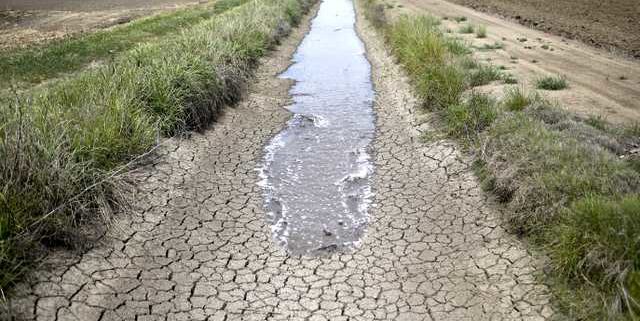California’s Groundwater
The management and preservation of Groundwater has become an urgent topic in California’s water plan.
Groundwater provides an important adjunct to the State’s rainfall, snow melt, and Colorado River import. As with surface storage, underground reservoirs have the potential to store huge volumes of water that can be relatively easily accessed. According to the California Water Atlas, a somewhat dated but still a pertinent and comprehensive water data reference, the total groundwater on earth is more than 30 times as much as all the water in lakes and rivers, plus all the moisture in soils and in the atmosphere. The largest groundwater reservoir in California is the Central Valley Reservoir, with has a usable storage capacity estimated at 100 million acre-feet. When taken as a single encompassing reservoir, it lies beneath a not always contiguous 15,000 square-mile area. In fact, it is the equivalent to the total area of the other 50 groundwater reservoirs from which significant volumes of water are pumped.
Groundwater extraction provides a reliable and moderating influence of the boom/bust cycle of winter surplus and summer deficiency that comes from winter rains, followed almost invariable in Southern California by summer drought. If we are fortunate, seasonal rains will exceed the retention capacity of the soil, causing at least some of the water to percolate downward until it reaches the saturation zone and becomes part of the groundwater supply. Still, even with some degree of recharge, this groundwater supply is not inexhaustible. Pressure from the addition of new wells and over-pumping of existing wells, have led to a startling diminishment of groundwater supplies.
New protections and groundwater regulations are on the horizon. Efforts will be made to provide additional recharge for depleting reservoirs. Limits will almost assuredly be placed on how much water can be taken from saturation zones, and begin watching for stringent new rules on the application of fertilizers and other materials that can negatively impact the quality of groundwater.



Follow Us!